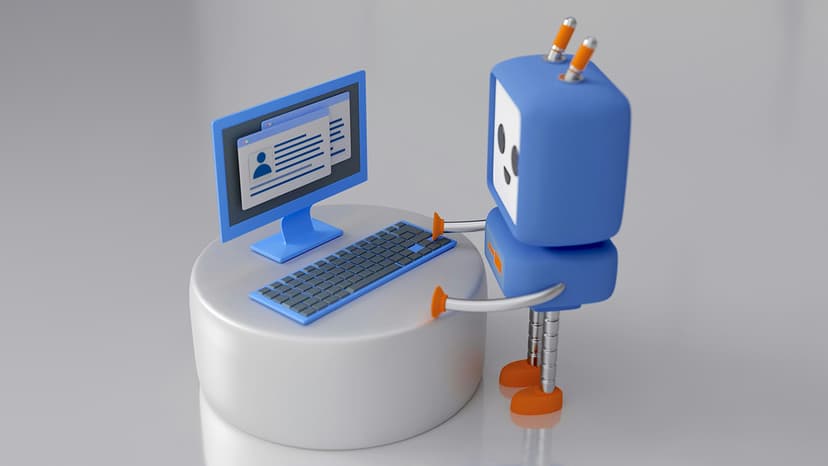The Safety of Self-Driving Cars: A Modern Perspective
The era of self-driving cars is not just coming; it's already here. You might have heard about cars that can drive themselves with the help of advanced technology, including sensors, cameras, and sophisticated algorithms. The introduction of self-driving or autonomous cars promises to revolutionize our travel habits, potentially making road trips safer, less taxing, and more environmentally friendly.
Understanding Self-Driving Cars
Self-driving cars are vehicles equipped with technology that allows them to navigate and operate without human intervention. This includes steering, accelerating, and braking. These vehicles use various technologies such as LiDAR (Light Detection and Ranging), radar, GPS, odometry, and computer vision to perceive their surroundings. Central to their operation is artificial intelligence (AI), particularly machine learning algorithms, which help the car make decisions in real-time.
Current State of Safety
To determine how safe self-driving cars currently are, we should look at available data and ongoing testing results. Companies like Tesla, Google's Waymo, and General Motors' Cruise, among others, have been testing self-driving cars for several years.
From the tests and the data gathered, self-driving cars have shown a strong safety record in many cases. For instance, statistics have suggested that these cars are less prone to accidents caused by human errors such as distraction or impaired driving. Autonomous vehicles are always "alert," and their reaction times can be faster than those of human drivers.
Safety Challenges
Despite the promising safety features, self-driving cars still face significant challenges. One major concern is how these vehicles perform under varied and unpredictable weather conditions. Snow, heavy rain, and fog can interfere with the sensors, leading to reduced visibility and potential system failure.
Another concern is the interaction between human-driven and autonomous vehicles. The unpredictable behavior of human drivers can present unexpected challenges to an autonomous system, designed to follow traffic rules strictly.
Moreover, cyber security is a critical issue, as self-driving cars rely heavily on software to operate. Any potential hacking or system disruption could lead to severe consequences, making the robustness of cybersecurity measures vital.
Road to Adoption
Given both the advancements and concerns, when can we truly start using self-driving cars? The timeline for widespread adoption of fully autonomous vehicles is still unclear. It is contingent on several factors including technology maturation, regulatory approvals, insurance and liability laws, and public acceptance.
Currently, many vehicles already feature a level of semi-autonomy, such as adaptive cruise control, park assist, and lane-keeping assist. Full autonomy—the type where the car does all the work without human input—is still under testing and continued development.
Regulatory bodies in various countries are cautiously studying the potential impacts and requirements for a safe transition to these vehicles on the roads. For instance, the United States Department of Transportation and its sub-agencies are actively setting guidelines and standards to guide the development and integration of autonomous technology in vehicles.
Beyond regulations, consumer trust plays a significant role in the adoption of self-driving cars. Ensuring the public feels confident in the safety and reliability of autonomous vehicles is as important as the technology itself. Public demonstrations, more transparent operations, and building a robust track record are part of gaining this trust.
The Future on Wheels
The potential benefits of self-driving cars are enormous. They promise to significantly reduce traffic accidents, lower emissions, and provide new mobility options for people who are unable to drive. The efficient driving styles of autonomous cars can also reduce traffic congestion and lower fuel consumption.
Furthermore, self-driving technology can open up a new realm of convenience and efficiency. Imagine reclaiming the time spent behind the wheel on daily commutes, which can now be used for working, relaxing, or even sleeping.
While self-driving cars are advancing rapidly, they are not yet commonplace on our roads. The safety of these vehicles continues to improve as technology evolves and more rigorous testing is implemented. It's an exciting journey ahead, and one that requires careful consideration at every step to ensure that the shift to self-driving technologies occurs smoothly and safely. Considering all factors, we might begin to see more fully autonomous vehicles on the road in the next decade or so, reshaping our everyday travel in ways we might have only imagined.












